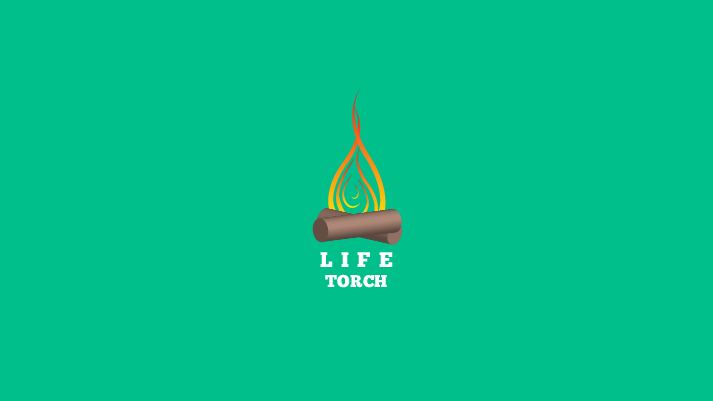God Knows | And YOU can Help Fight Fires!
The Challenge | And YOU can Help Fight Fires!
Life Torch
|| Life Torch || some people call him the fire wizard because of it's ability to predict where fire is going to happen before it happens and he's able to determine which fire needed to be shutted firstly to get out with minimum loses

Almost 339,000 people die every year while on average there are 9 million acres burnt which could cost up to a billion dollars and sometimes even more, and that is all due to wildfire.
The main problem stands for that we either do not make it in time when a fire breaks out, or cannot prioritize the areas that should be extinguished to guarantee the public safety.
We chose this challenge because we thought it is a very helpful and important category.
We divided our project into two main categories:-
1. Before a fire:
We tried to find a way to determine the location of a potential fire and how dangerous it would be. Therefore, there are three main factors that affect combustion process.
1.Humidity:
We can tell that humidity varies throughout the day reaching its peak value and minimum value in the area. (1)With relation (Relative Humidity):
- 35-85%: Increasing fire danger as relative humidity decreases.
- 20-35%: Containment becomes difficult; quick ignition; spitfires increase.
- 20% or less: Extreme fire behavior; spot fires frequent.
2. Wind Speed:
- 20mph or higher: Higher wind speeds cause increased fire danger and spread rates, Winds and gusts over 20mph become increasingly problematic.
- 15-20mph: At this speed there is a chance of quick ignition.
- 15mph or less: Safe wind speed. There would be a slim chance of getting in the danger zone.
3.Temperature:
In general, higher temperatures increase fire danger. [High danger zone is between 29.5-48°C]
Dead fuel moisture:
A variable which is directly related to dead fuel is “dead fuel moisture” (DFM). In particular, 1-hour dead fuels (fine fuels like dead grass and leaves) are critical, followed by 10-hour fuels (about ½" diameter). OK-FIRE has many products relating to 1-h and 10-h dead fuel moisture.
Suitable fire weather with sufficient dead fuel results in increased fire danger levels.
2.During a fire:
The burning index (BI) is used to determine the region which has the highest fire spread in it. BI is strongly influenced by the type, amount and greenness levels of the native surface fuels being modeled.
Thus, the FUEL complex and GREENNESS level must be appropriate for the fire model to produce reasonable results.
Greenness Level + Fuel Model + Weather = Fire Danger Level
What is important to watch for are the relative LEVELS of fire danger (higher BI values) and the DURATION of those high values (sometimes persisting through the night).
Burning Index (BI) | Fire Danger
< 20 | Low
20-40 | Moderate
40-80 | High
First law
Second law
Where FL is the flame length, j1 is the burning index scaling factor of (10/ft.).
We use scientific satellites to measure the previous main factors. Scientific satellites work in a similar way to photographic ones, but instead of capturing simple visual images, they systematically gather other kinds of data over vast areas of the globe.
Rescuing people:
there are two parts in rescuing people:-
1-Outdoors:
we discussed this problem with several firefighters and they told us that the way to handle a problem like this is not always the same and it differs with every situation and only the firefighters chef is only responsible for this.
However, we came up with an idea to help firefighters. We want to build a shelter to keep people in it away from danger. Signs would be placed to direct people to the shelter. This way, firefighters would have no problem searching for people and casualties will be minimized.
2-Indoors:
after discussing with a couple of firefighters, we found out that the most frequent problem that they face is the difficulty of locating residents. For that problem we came up with a solution. Ground lights and heat sensors would be installed. The signals produced by the heat sensors would be used to calculate and locate the safest room and based on that the ground lights will guide the residents and the firefighters to that room.
______________________________________________________
References:
(1)"https://www.dropbox.com/sh/g0gf1awqqaumyqt/AAB1G07PaBYjUnOYnXOLx9eua?dl=0&preview=humidity.csv"
(2)"https://en.wikipedia.org/wiki/Burning_Index"
(3) "http://www.explainthatstuff.com/satellites.html"
(4) "http://www.nationalgeographic.com/environment/natural-disasters/wildfires/"
(5) "http://newsinfo.inquirer.net/148611/wildfires-kill-339000-people-per-year-study"
SpaceApps is a NASA incubator innovation program.